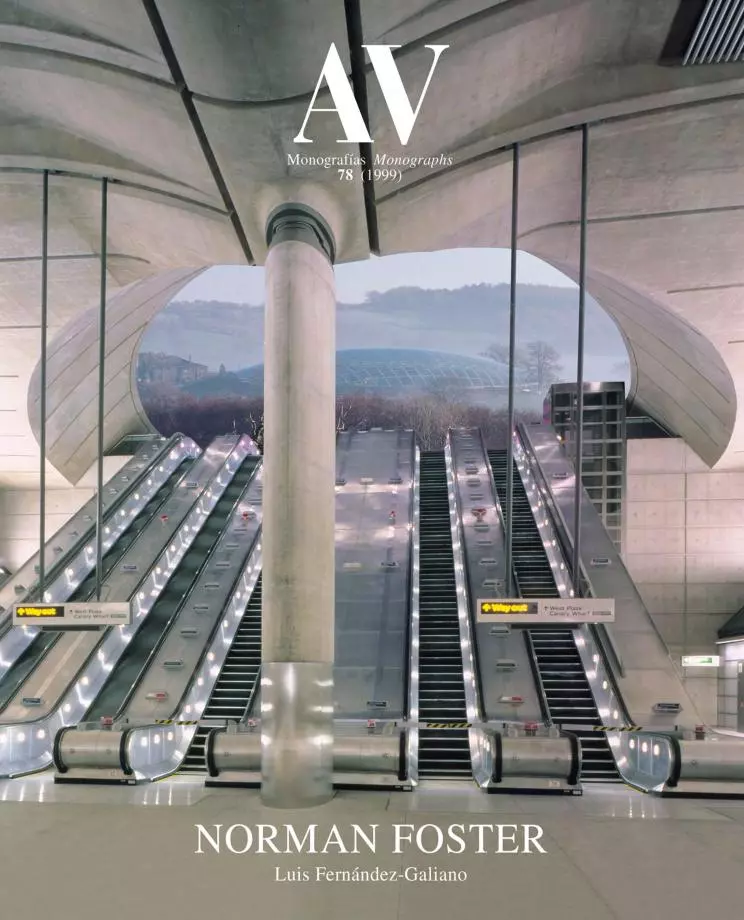Starting Foster Associates: Shelters for Industrial Democracy
1967-1971

The phenomenal success of Reliance Controls did not significantly help the new partnership in obtaining commissions: Norman and Wendy Foster spent the first 18 months of their independent professional life in Hampstead working on a school competition for Newport and developing factory systems which furthered the concept of the neutral container that they had built in Swindon; but these thorough studies led to nothing more concrete than their acting as consultants in systems analysis for Milton Keynes Development Corporation, where they tried to test their ideas about the coordination of structure and services. In fact, the young couple was already considering emigrating to the United States when Norman met Fred Olsen, the owner of a Norwegian shipping company with whom they established a lasting relationship, the first consequence of which was the commission to build an amenity centre for Olsen workers on the London docks. In the swinging Britain of the Beatles and Mary Quant, the white heat of the technological revolution promised by Harold Wilson’s Labour Government was also facing blue collar unrest and increasing social demands, addressed by the Scandinavian company through an innovative pattern of industrial relations which reinforced the architects’ personal convictions of an egalitarian democracy. The silent and homogenous nature of the umbrella building was seen as particularly appropriate for the expression of this new-style industrial democracy, and its deliberate flexibility perceived as a fitting representation of a rapidly changing society, so different versions of the same would be used by Foster in the projects for high technology work spaces that followed Olsen. With the commission in 1970 to build a head office for IBM in Cosham, Hampshire, Foster Associates moved to new premises in Covent Garden, renting a floor in the office of their friend and colleague, the engineer Tony Hunt (who collaborated on many of the projects of this period) and two years later, they would occupy a ground floor in Fitzroy Street, in whose design the partnership would apply to their own work environment the same non-hierarchical and flexible approach they had used with their business clients; reflecting a utopian spirit that reached its most pop and futuristic climax with the temporary inflatable office for Computer Technology and in the subterranean and geodesic bubbles designed in 1971 with Buckminster Fuller, a master who would become a friend...[+]





